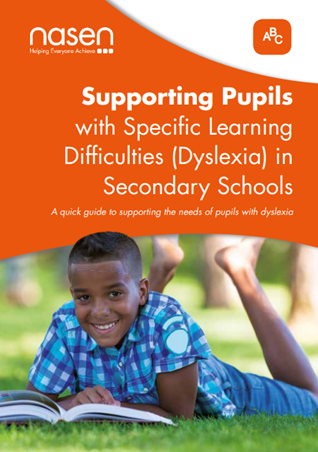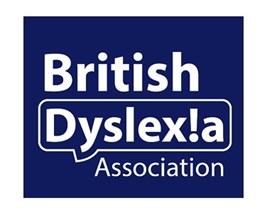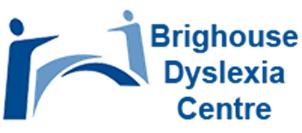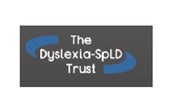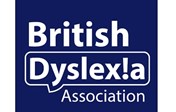There are a number of fonts available which can make it easier for people with dyslexia to read. Some people find that some work well for them, but some don't. This video helps explain more.
Below are some fonts which could help. Keep in mind that different fonts work better than others at preventing certain kinds of errors so the best font will depend on the preference of the dyslexic individual who will be using it. (click on each font to go the font webpage in a new window)

Dyslexie - Designed by Christian Boer who is himself dyslexic, Dyslexie font was created in the Netherlands as part of a thesis project. Dyslexie font (opens link in new window)

OpenDyslexic - Alberado Gonzalez is a graphic designer who based this font on DejaVu Sans. It has since been used in several eye-tracking studies. Open Dyslexic font (opens link in new window)

Lexie Readable - This is a free option with good differentiation between the letters b and d. Lexie Readable font (opens link in new window)

Read Regular - While not expressly designed for people with dyslexia, this is a common font used by children’s book publishers. It was created at the Royal Art College. Read Regular font (opens link in new window)

Tiresias Info font - This font is for people with visual impairment and hasn’t been tested specifically for dyslexic readers. Tiresias Infofont (opens link in new window)

Sassoon Primary - While highly recommended, Sassoon must be purchased and can be expensive. Sassoon Primary font (opens link in new window)
Other dyslexia-friendly fonts
Additional options include Barrington Stoke, Myriad Pro, which is a very clean font and Century Gothic, which has geometric letters that can make reading easier in the same way as text written in all capital letters does.

